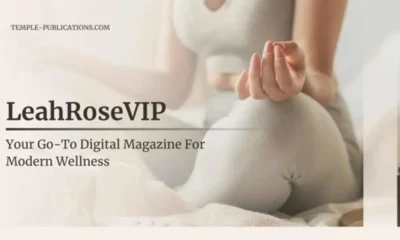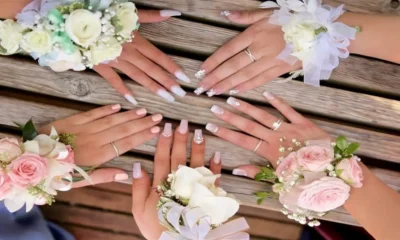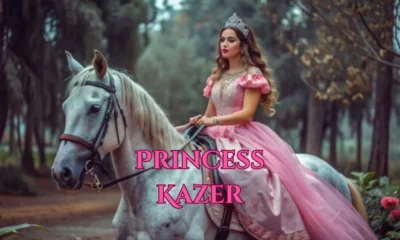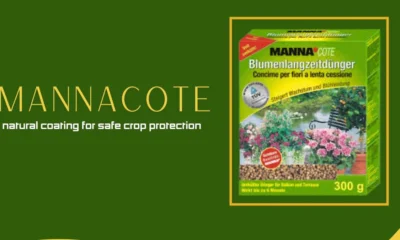GENERAL
The Ultimate Guide to Choosing Custom Dog Tags
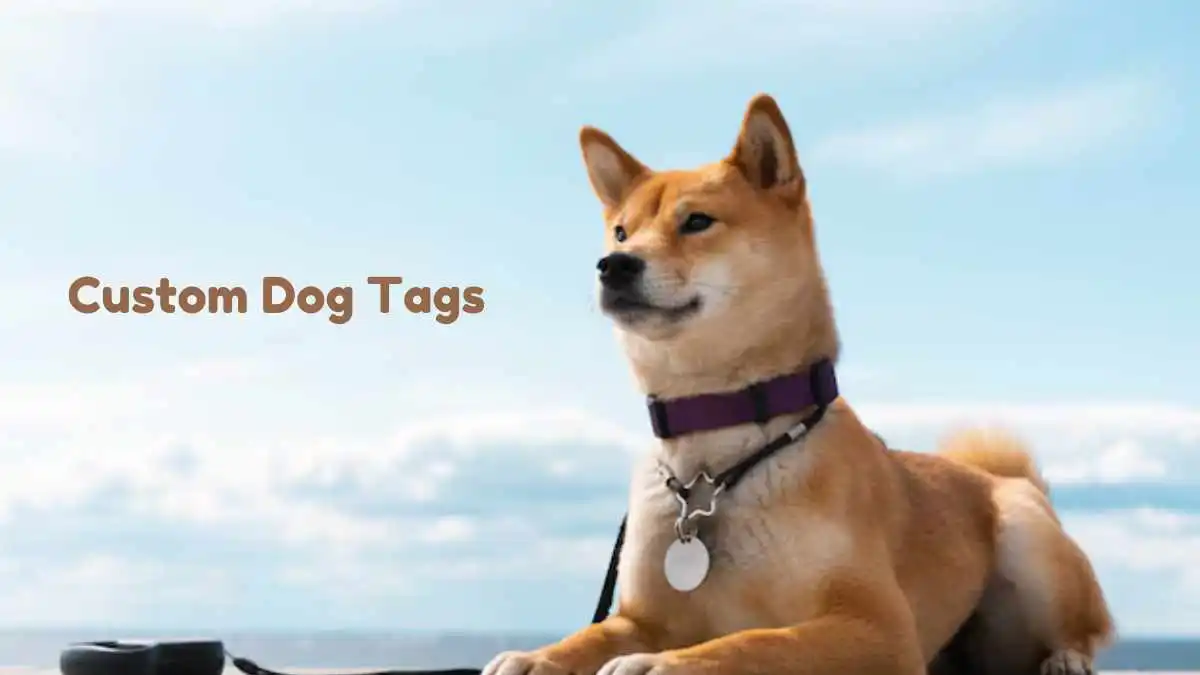
If you’re a pet owner, you know how important it is to keep your furry friend safe. One of the simplest yet most effective ways to do that is by investing in custom dog tags. These tags are more than just an accessory. They’re a lifeline that could bring your lost pet home.
Why Are Custom Dog Tags Essential?
Accidents happen. Dogs escape through open gates or slip out of collars. A custom dog tag provides instant identification. When a stranger finds your dog, they don’t have to rely on microchip scans or vet visits. All they need is the information on the tag.
- Quick Identification. A tag with your contact details makes it easy for someone to call you.
- Saves Time. Tags eliminate the need for shelters or animal control to track you down.
- Reduces Stress. Knowing your dog has ID offers peace of mind.
What Makes a Good Custom Dog Tag?
Not all dog tags are created equal. Some fade, crack, or break over time. When selecting a tag, focus on durability, readability, and style.
- Material Matters
Opt for stainless steel, aluminum, or brass. These materials are rust-proof and long-lasting. Plastic tags might be cute, but they’re prone to wear and tear. - Readable Engraving
Choose a font that’s easy to read. Skip the fancy scripts. Stick with clear, bold lettering. Make sure the engraving won’t fade or rub off. - Correct Information
Double-check the details. Include your phone number, address, and even an email if space allows. Avoid clutter by sticking to the essentials.
Styles to Suit Every Dog
Custom dog tags aren’t just practical—they’re also stylish. Whether you prefer classic designs or something quirky, there’s an option for every pet personality.
- Classic Circular Tags. Timeless and simple. Perfect for any breed.
- Bone-Shaped Tags. Popular for dogs of all sizes. Adds a playful touch.
- Designer Tags. Fancy finishes like gold or glitter are available. Ideal for owners who love to spoil their pups.
- Funny or Personalized Tags. Tags with humorous messages like, “I’m Lost, Call My Mom” make them stand out.
How to Care for Your Dog’s Tag
A dog tag can only work if it’s legible. Over time, dirt and scratches can make it harder to read. Here’s how to maintain yours
- Clean Regularly. Wipe it down with a soft cloth and mild soap. Avoid harsh chemicals.
- Check for Wear and Tear. Inspect the tag monthly. Replace it if the engraving is fading or the material is damaged.
- Secure It Properly. Use a sturdy ring to attach the tag to your dog’s collar. A loose tag can easily fall off.
Beyond Basic: Adding Functionality to Tags
Modern dog tags can do more than share your contact info. Consider upgrading to tags with added features
- QR Code Tags. Scanning the code reveals your dog’s profile, medical history, and multiple contact numbers.
- GPS-Enabled Tags. Some high-tech tags offer real-time tracking. Expensive but invaluable if your dog is prone to running off.
- Glow-in-the-Dark Tags. Helps others spot your dog in low-light conditions.
When to Update Your Dog’s Tag
Tags need to be current. Outdated information won’t help in an emergency. Update your dog’s tag when
- You Move. Include your new address and phone number.
- Your Contact Info Changes. Switch phone numbers? Update the tag immediately.
- The Tag Wears Out. Don’t wait until the engraving is unreadable.
Benefits of Custom Dog Tags for Puppies
Puppies can be mischievous. They’re more likely to wander off. A custom dog tag ensures your pup’s safety during their adventurous phase.
- Training Periods. Puppies in training often dart away unexpectedly. Tags bring them back safely.
- Socialization Trips. Parks and playdates mean more chances to lose sight of your pup.
- First-Time Walks. Leash training doesn’t guarantee they’ll stay close.
Where to Buy High-Quality Custom Dog Tags
Finding the right retailer matters. Look for companies specializing in durable, stylish tags. For instance, custom dog tags from Two Tails Pet Company combine function with flair. They offer designs that match your pet’s personality without compromising quality.
Final Thoughts
Investing in custom dog tags is a small effort with a big payoff. They’re essential for keeping your pet safe while giving you peace of mind. Choose a tag that’s durable, legible, and fits your dog’s unique style. Maintain it regularly and update the information as needed.
When it comes to your furry friend, safety comes first. Start browsing for the perfect custom dog tag today and give your pet the protection they deserve.
-

 BIOGRAPHY7 months ago
BIOGRAPHY7 months agoBehind the Scenes with Sandra Orlow: An Exclusive Interview
-

 HOME1 year ago
HOME1 year agoDiscovering Insights: A Deep Dive into the //vital-mag.net blog
-

 HOME1 year ago
HOME1 year agoSifangds in Action: Real-Life Applications and Success Stories
-

 BIOGRAPHY1 year ago
BIOGRAPHY1 year agoThe Woman Behind the Comedian: Meet Andrew Santino Wife



